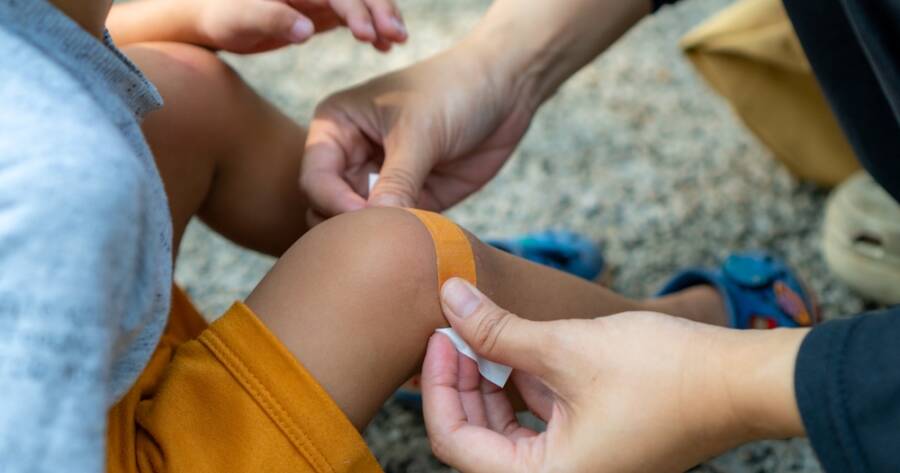Minor injuries are an inevitable part of everyday life, ranging from cuts and bruises to sprains, burns, and even small fractures. While most of these injuries don’t require professional medical attention, knowing how to treat them effectively at home is crucial to promote faster healing and prevent complications. Proper care not only minimizes discomfort but also reduces the risk of infection or worsening symptoms. Discover how to handle common minor injuries safely, confidently, and with ease.
1. Cuts and Scrapes
Small cuts and scrapes are among the most common injuries and can usually be treated at home. Proper wound care reduces the risk of infection and speeds up recovery.
Steps for Treatment:
- Stop the bleeding by applying gentle pressure with a clean cloth or gauze.
- Clean the wound using cool running water and mild soap. Avoid harsh antiseptics like hydrogen peroxide, as they may damage tissue.
- Apply an antibiotic ointment to prevent infection.
- Cover the wound with a sterile bandage. Change the dressing daily or if it becomes wet or dirty.
Watch for signs of infection such as redness, swelling, or pus. Seek medical attention if the wound doesn’t heal or shows signs of infection.
2. Minor Burns
Minor burns, such as those from touching a hot pan or spilling a hot liquid, can be painful but are often treatable at home.
Steps for Treatment:
- Cool the burn by running it under cool (not cold) water for 10–15 minutes. This helps reduce pain and prevent further skin damage.
- Avoid applying ice directly to the burn, as it can worsen the injury.
- Apply a moisturizing lotion or aloe vera gel to soothe the skin.
- Cover the burn with a clean, non-stick bandage if necessary.
If the burn blisters, avoid popping it. Seek medical attention for burns larger than a few inches or those on the face, hands, or joints.
3. Sprains and Strains
Twisting an ankle or overstretching a muscle can result in a sprain or strain. These injuries are common in sports and physical activities.
Steps for Treatment (R.I.C.E Method):
- Rest: Avoid putting weight on the injured area.
- Ice: Apply an ice pack wrapped in a cloth for 15–20 minutes every hour to reduce swelling.
- Compression: Use an elastic bandage to support the injury and reduce swelling.
- Elevation: Keep the injured area raised above heart level to minimize swelling.
Mild sprains usually improve within a few days, but see a doctor if you experience severe pain, bruising, or an inability to move the joint.
4. Bruises
Bruises occur when blood vessels break beneath the skin due to trauma. While they aren’t usually serious, they can be uncomfortable.
Steps for Treatment:
- Apply an ice pack for 10–15 minutes to reduce swelling and discoloration.
- Elevate the affected area if possible.
- Rest the injured area to allow the bruise to heal.
5. Splinters
Removing a splinter quickly reduces the risk of infection.
Steps for Treatment:
- Wash your hands and the area with soap and water.
- Use sterilized tweezers to gently remove the splinter.
- Apply an antiseptic and cover with a bandage if necessary.
Stay Prepared and Confident in Treating Minor Injuries at Home
Knowing how to treat minor injuries at home is a valuable skill that can help you respond calmly and effectively when accidents happen. By following simple steps, you can promote healing and reduce the risk of complications. However, if an injury worsens or doesn’t improve, always seek medical attention. Staying prepared with a well-stocked first-aid kit ensures you’re ready to handle life’s little mishaps.
